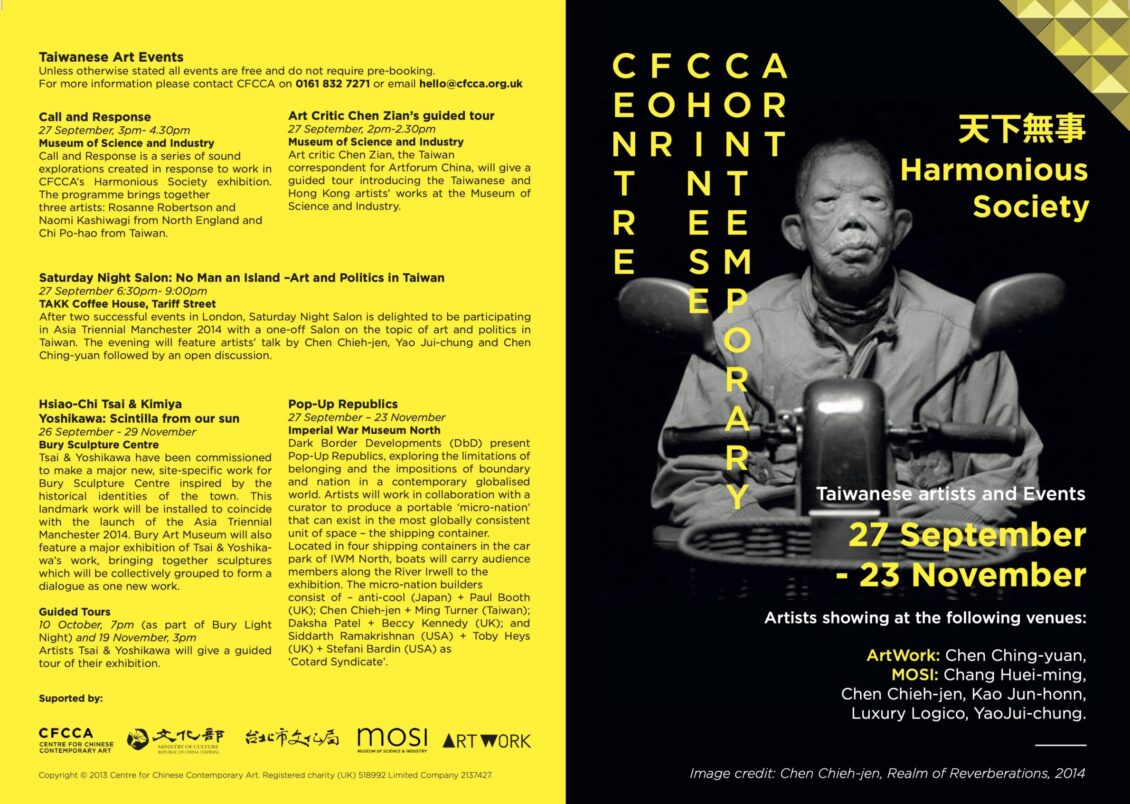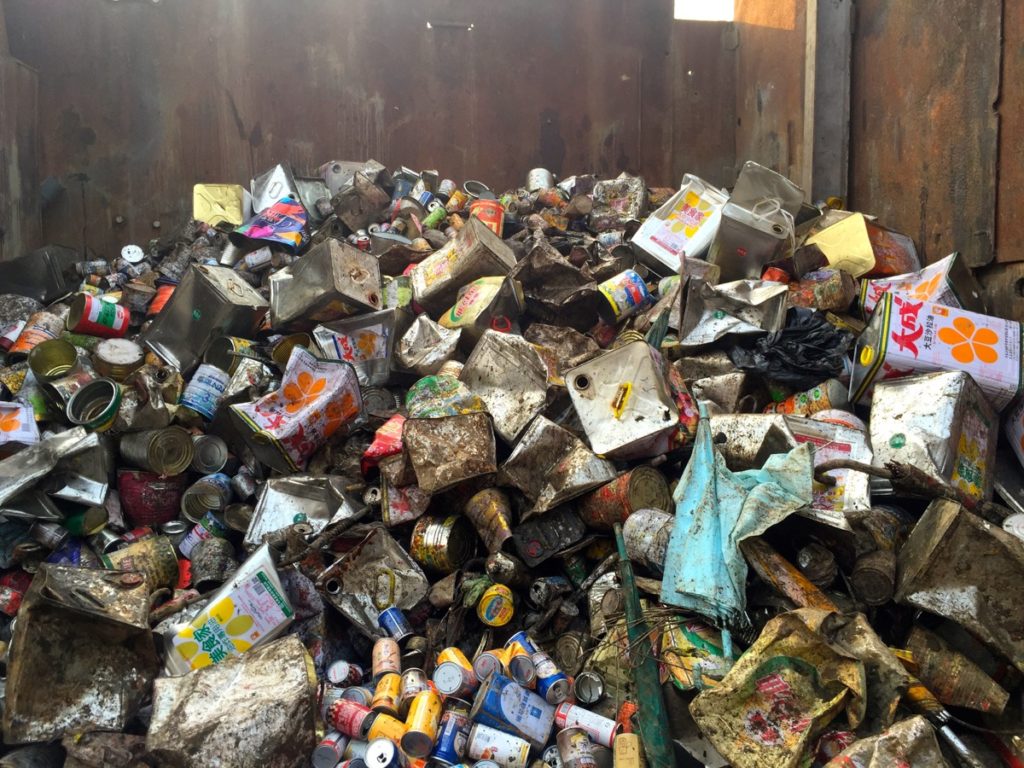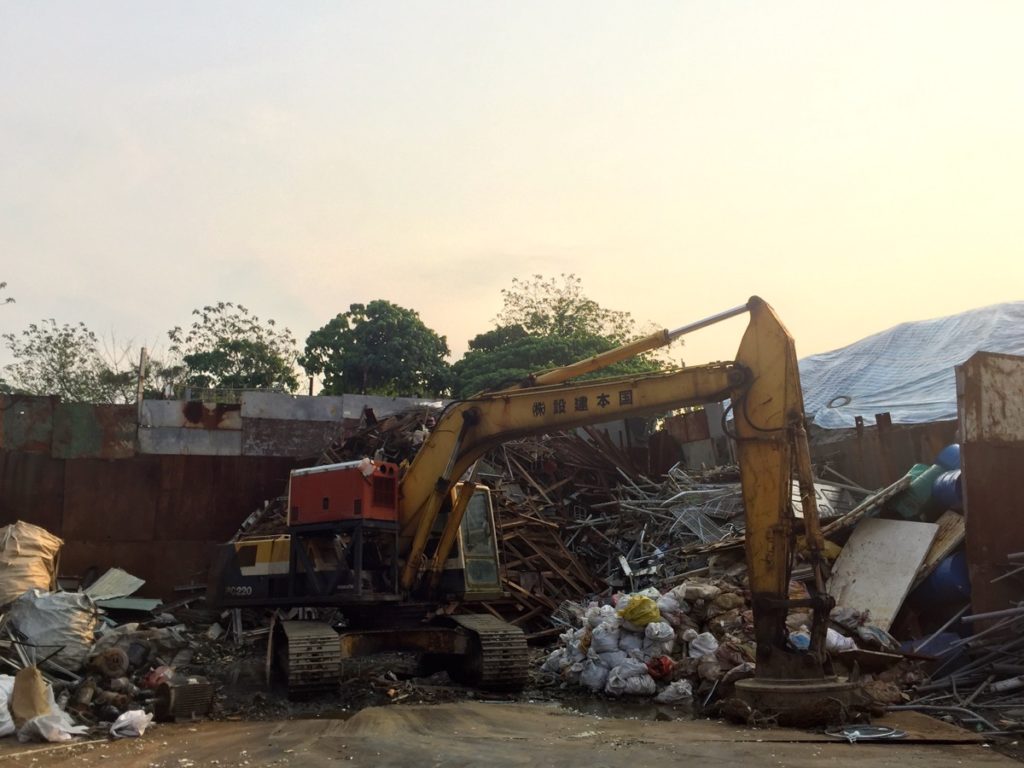Experimenting with the “Voicing” of Everyday Objects
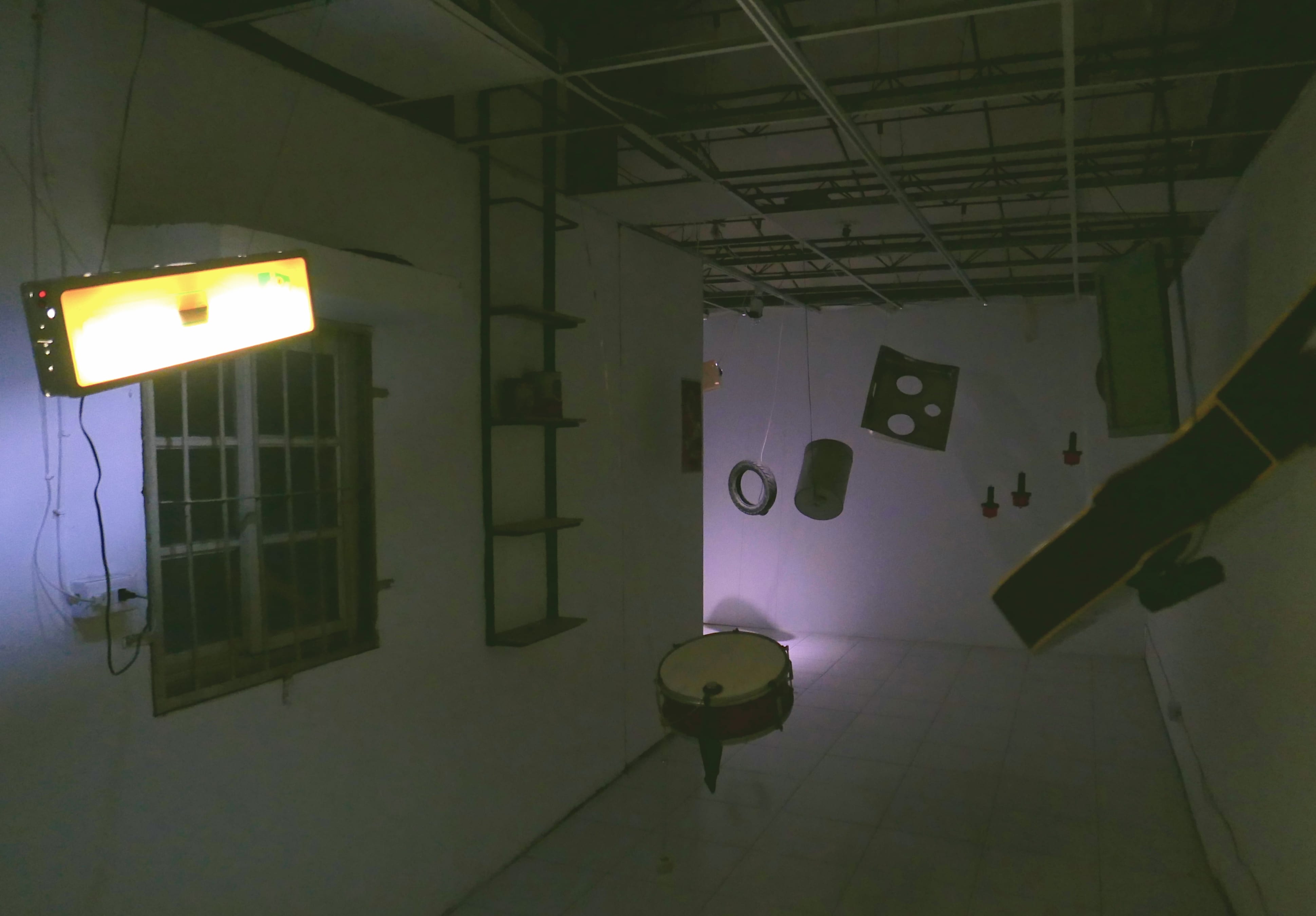
Space Is Only Noise If You Can See, Waley Art, Taipei, 2016
Repercussions is an ongoing project exploring the hidden sonic qualities and acoustic potentials of everyday objects. These objects capture and project sound by attaching contact microphones and surface transducers to ordinary materials, creating dynamic feedback loops and evolving auditory environments. The project unfolds through various forms, including live performances, sound installations, and immersive experiences. Inspired by David Tudor’s iconic Rainforest series, Repercussions employs contemporary technologies to activate and amplify resonances, inviting audiences to intimately experience the fluid interplay between sound, space, and material.
Misplaced Resonance
Multichannel Sound Installation, Waley Art, Taipei, 2016
Misplaced Resonance is a multichannel sound installation that transforms discarded objects through audio feedback and resonance amplification. It explores the presence of sound and its interaction with space and materials, honoring the somber atmosphere of Wanhua, one of Taipei’s oldest districts, where the homeless rely on recycling. The installation is activated by a recorded phrase from a string quartet, which resonates through objects from junkyards. Each object, equipped with contact microphones and transducers, acts as a sound mirror and a speaker, amplifying its unique frequencies. The evolving drone reflects the distinctive characteristics of each object, creating a dynamic auditory environment. Visitors experience shifting resonances that reveal the hidden disharmonies of daily life. The resulting misalignment and dissonance serve as a metaphor for societal incongruities, encouraging the audience to engage with the installation as observers and participants.
Chunchu Shan Project
Immersive Sound Installation, MOUart, Beijing, 2016
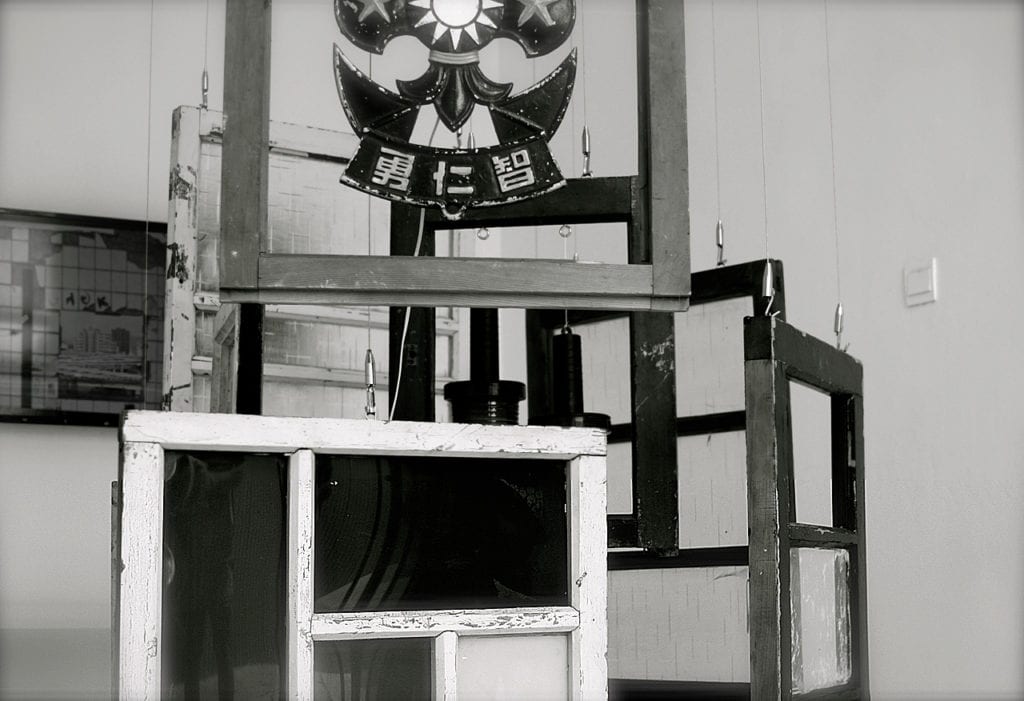
2016 Repercussions: Chunchu Shan Project, MOUArt, Beijing, China
This immersive sound installation draws inspiration from Toad Mountain (Chunchu Shan 蟾蜍山) near Gongguan, Taipei, home to Huan Min New Village, Taipei’s oldest surviving military dependents’ village. Built between 1949 and 1960, these villages housed soldiers and their families and are now threatened by urban development, prompting preservation efforts.
I repurposed found objects as sound mirrors and speakers by attaching surface transducers that amplify their resonant frequencies. This multi-channel configuration enhances subtle vibrations, creating evolving drone sounds that invite audiences to explore layered, dissonant auditory landscapes where memory and reality intertwine. Reflecting the rich histories of urban spaces, this work amplifies overlooked narratives, allowing objects to “speak” and bridging the past and present through sound. It challenges the notion of forgetting, presenting memory as a vital part of the present.
蟾蜍山計畫概念影片
- A recycling junkyard in Wanhua.
- An excavator sorting materials at a recycling junkyard.
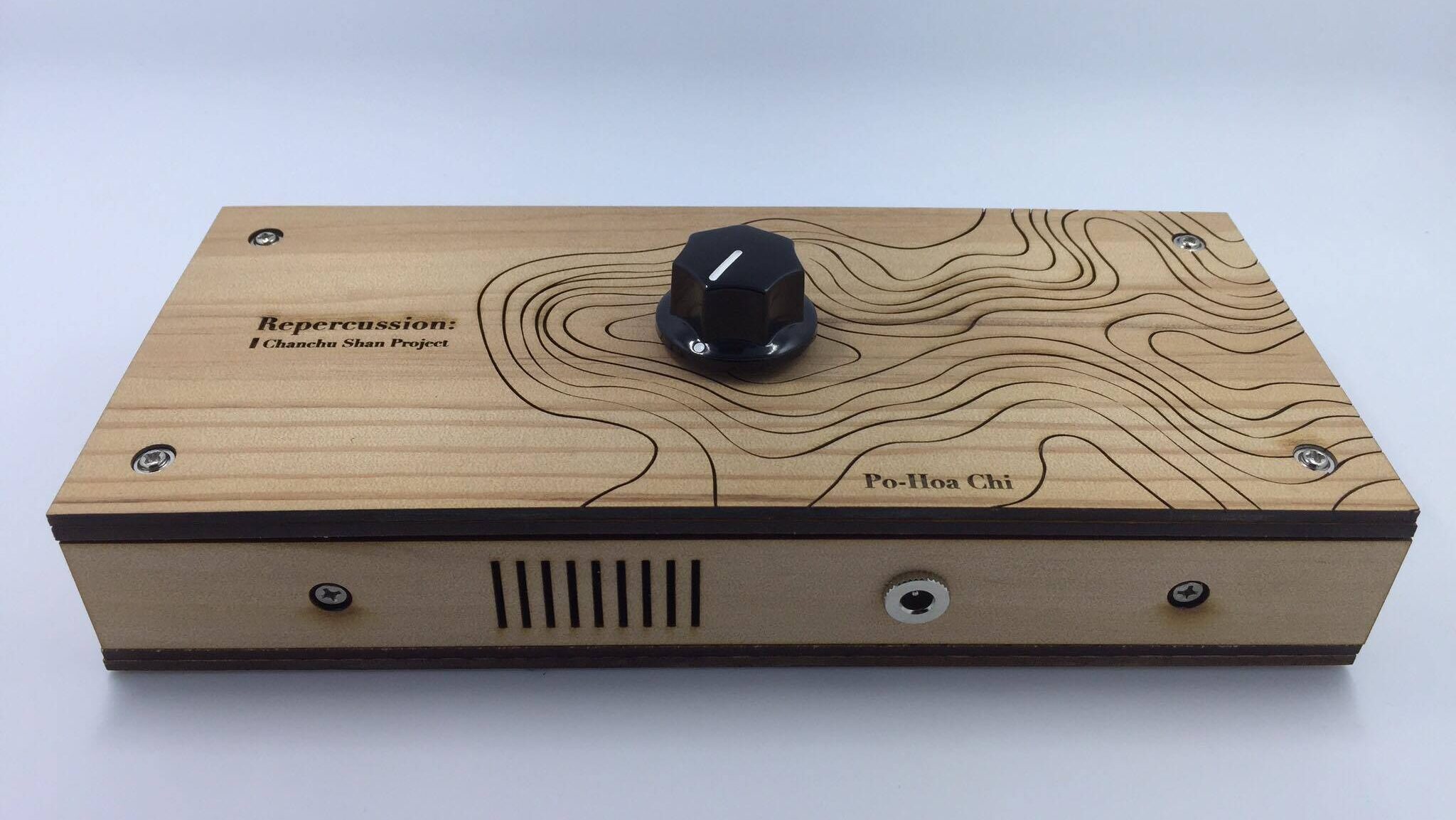
A generative player designed to convey the resonances of Toad Mountain’s hidden history, supported by Dimension Plus.
Repercussions: Untitled
Found objects, microphone, exciters, mixer, 2016
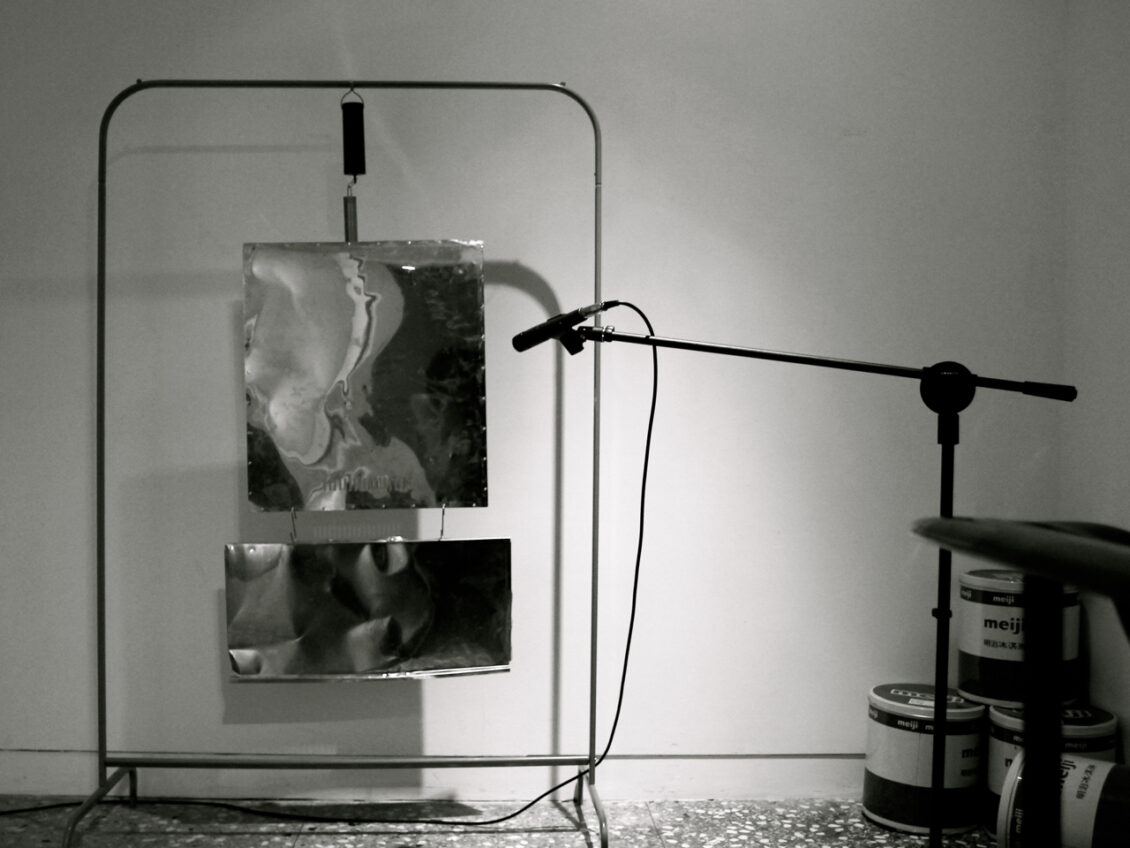

Call and Response
Interactive Sound Performance, Museum of Science and Industry, Manchester, 2014
Created for the Harmonious Society exhibition during Asia Triennial Manchester 2014, Call and Response explored the acoustic interactions among sound, objects, and space within an industrial context. Utilizing contact microphones and surface transducers, everyday found objects were activated and transformed into resonating instruments and reflective sound surfaces. Through continuous feedback loops generated by live interactions, the performance invited the audience to engage with the evolving sonic environment actively. As the vibrations and resonances intensified, the performance space became a dynamic auditory field, uncovering hidden acoustic properties of ordinary materials. This early work from the Repercussions Series highlights the subtle yet powerful ways sound reshapes our perception of the physical world and our collective auditory experience.
